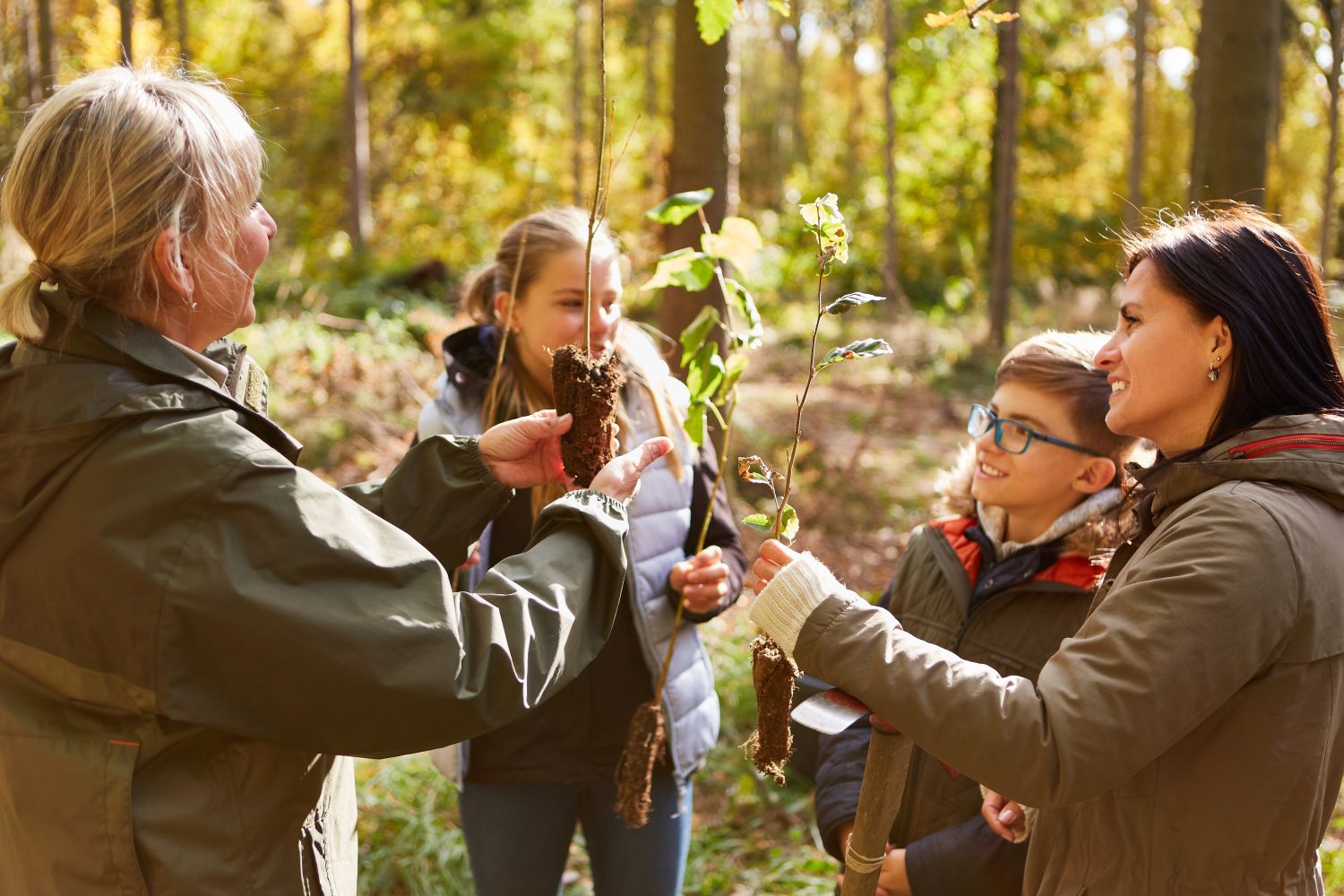
Duration
TBA
Starting Date
August and January
Tuition Fee
$705 per credit
Location
Online
About the Program
Students who have the skills to evaluate and manage these issues can help maintain and improve our natural resource environments, help prevent extinction of species, and maintain healthy hunting and fishing environments.
What you learn
Ecological restoration uses human intervention to direct and/or accelerate secondary succession following a disturbance. Students in the Natural Resources Stewardship program from Colorado State University learn how to influence the type of vegetation that re-establishes itself and the speed with which recovery occurs.
Students in the ecological restoration specialization will:
- Gain an understanding of how to use ecological and management principles and how to use appropriate tools for designing and implementing ecological restoration projects.
- Know how to evaluate successful vs. failed ecological restoration projects.
- Be able to articulate the role that restoration can serve in the future stewardship of natural resources.
- Understand and engage various stakeholder groups in restoring disturbed lands. Gain relationship management skills applied to working with individuals, agencies, communities, or mixes of all of these.
- Be able to identify common stressors to ecosystems (changing climate, arrival of a non-native species, disease outbreaks, etc. and the relationship between multiple stressors) and human disturbances.
Areas of Study
- Natural Resources Inventory and Data Analysis
- Analysis of Environmental Impact
- Ecology of Disturbed Lands
- Natural Resources Stewardship Seminar
- Wetland Ecology and Restoration
- Advanced Ecological Restoration
- Fire Ecology
- Ecology of Military Lands
Interested in a Graduate Degree? Get Started Today!
Loading...












